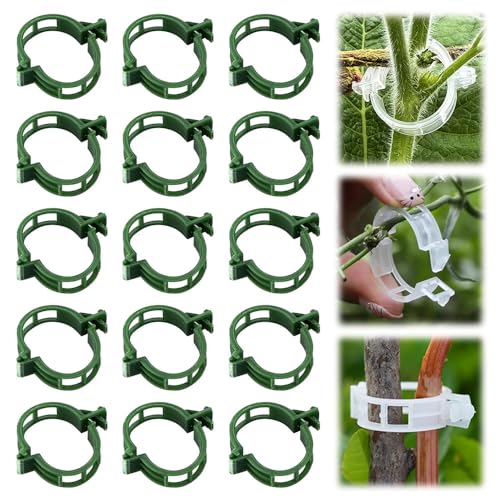crepe myrtle bush
When it comes to adding beauty and color to your garden, the crepe myrtle bush is a fantastic choice. With its stunning flowers, vibrant foliage, and graceful shape, this versatile plant is a favorite among gardeners. In this article, we will explore the characteristics, care tips, and benefits of the crepe myrtle bush.
Characteristics of the Crepe Myrtle Bush
The crepe myrtle bush, scientifically known as Lagerstroemia indica, is a deciduous shrub that belongs to the family Lythraceae. It is native to Asia, but it has become popular in many parts of the world due to its striking appearance. One of the most distinctive features of the crepe myrtle bush is its beautiful flowers, which bloom in a variety of colors, including shades of pink, purple, red, and white.
In addition to its stunning flowers, the crepe myrtle bush also has attractive foliage. The leaves are usually green, but they can turn shades of orange, red, and purple in the fall, providing a stunning display of color. The bark of the crepe myrtle bush is another interesting feature, as it peels off in thin strips, revealing a smooth, mottled texture.
Caring for Your Crepe Myrtle Bush
Proper care is essential for the health and beauty of your crepe myrtle bush. Here are some tips to help you keep your plant thriving:

What to Plant in Spring Garden 2025
$5
The ultimate guide for spring 2025 gardening
- Comprehensive Guide
- Easy-to-Follow Steps
- Year-Round Tips
- Organic Practices
- Enhance Your Garden’s Aesthetic
- Download Now and Start Your Gardening Journey!
- Planting: Choose a sunny location with well-draining soil for your crepe myrtle bush. Dig a hole that is twice the width of the root ball and slightly shallower. Place the plant in the hole, backfill with soil, and water thoroughly.
- Watering: While the crepe myrtle bush is relatively drought-tolerant, it still requires regular watering, especially during dry spells. Water deeply once or twice a week, making sure the soil is moist but not waterlogged.
- Pruning: Pruning is essential for maintaining the shape and size of your crepe myrtle bush. It is best to prune in late winter or early spring before new growth appears. Remove any dead or damaged branches and thin out crowded areas to improve air circulation.
- Fertilizing: Apply a balanced, slow-release fertilizer in early spring to promote healthy growth and abundant blooms. Follow the instructions on the fertilizer packaging for the correct dosage.
- Pest and Disease Control: The crepe myrtle bush is generally resistant to pests and diseases. However, it can be susceptible to aphids, powdery mildew, and scale insects. Regularly inspect your plant for any signs of infestation and treat as necessary.
Benefits of the Crepe Myrtle Bush
Aside from its aesthetic appeal, the crepe myrtle bush offers several benefits:
- Attracts Pollinators: The vibrant flowers of the crepe myrtle bush attract bees, butterflies, and other pollinators, making it a valuable addition to any pollinator garden.
- Low Maintenance: Once established, the crepe myrtle bush is relatively low maintenance. It is drought-tolerant and can withstand hot and humid conditions.
- Long Blooming Season: The crepe myrtle bush has a long blooming season, typically from summer to fall, providing continuous color and beauty in your garden.
- Winter Interest: Even during the winter months, the crepe myrtle bush adds interest to the landscape with its unique bark and graceful shape.
With its stunning flowers, attractive foliage, and easy care requirements, the crepe myrtle bush is a must-have for any garden. Whether you plant it as a focal point, a hedge, or in a container, this versatile plant is sure to enhance the beauty of your outdoor space.
- Do Deer Eat Tomato Plants?
- How to Plant Wildflower Seeds
- What Plants Don’t Like Coffee Grounds
- How to Propagate Jade Plant
- Are Snake Plants Toxic to Cats?








